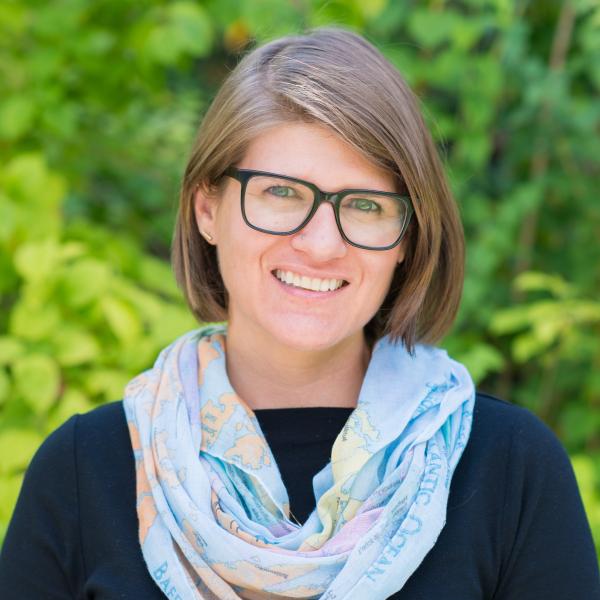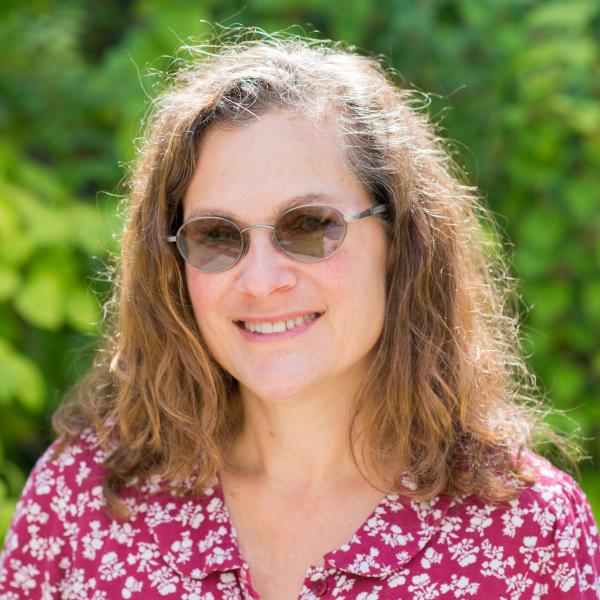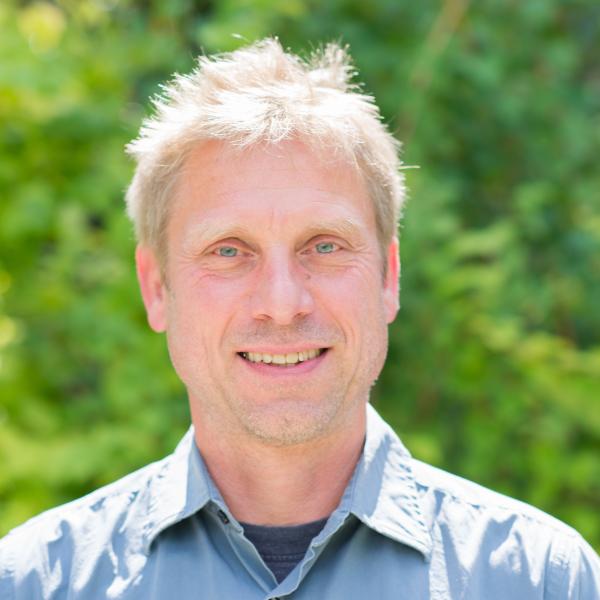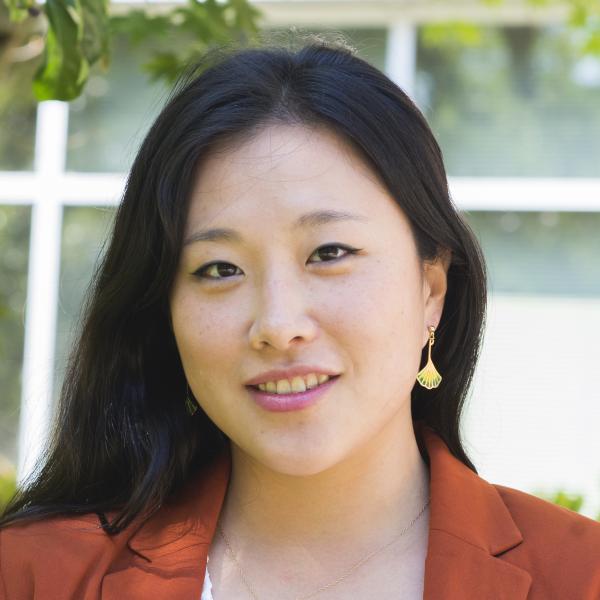The NASA Earth Science Education Collaborative (NESEC) is a NASA SMD-funded cooperative agreement that is led by the Institute for Global Environmental Strategies (IGES), partnering with the Earth science divisions at three NASA Centers: Goddard Space Flight Center (GSFC), Jet Propulsion Laboratory (JPL), and Langley Research Center (LaRC). The NESEC team is working together towards the goal of enhancing STEM teaching and learning by creating engaging, meaningful, and authentic STEM experiences and resources that 1) are based on NASA Earth science; 2) are tailored to specific audiences based on their needs; 3) as a whole, reach diverse learners throughout their lifetimes; and that are 4) delivered broadly through strategic partnerships.
Cross-organization teams carry out NESEC’s interrelated activities, drawing on each partner’s strengths. These activities are designed with the long-term goal to enable national improvements in STEM education that align with and further NASA SMD’s top-level objectives for education: Enable STEM Education, Advance National Educational Goals, and expand the reach and impact of NASA funded STEM education work by leveraging partnerships with NASA institutions, other NASA funded education and outreach projects and external partners.
NESEC activities being evaluated focus on:
GLOBE student investigations with NASA: NESEC is creating opportunities for the GLOBE community to directly align authentic science engagement with NASA STEM assets: science, data and subject matter experts. These activities currently include two student research campaigns: ENSO III: Water in Our Environment and U.S. Air Quality, and planning is underway for NASA-related field campaigns and other engagement ideas going forward.
Strategic partnerships and approaches, including those both within the NASA SciAct collective of education projects and external partners and collaborators (e.g., Space Sciences Institute/NASA@ My Library and Odyssey of the Mind are examples of two strategic partnerships). A key audience touchstone for the NESEC project is reaching and enabling facilitators and networks, the people who can make things happen in a learning environment‚ rather than focusing on the ultimate audience of learners themselves.
The third area of NESEC activities is citizen science with GLOBE Observer. GLOBE Observer represents an expansion of the traditional GLOBE citizen science program to individuals and non-school groups, using smartphone and tablet-based apps for specific nature observations, such as clouds, land cover or mosquito micro-habitats. The focus of the GLOBE Observer evaluation so far has been formative in nature but will shift towards understanding how GLOBE Observer enables participation in citizen science (and by who), and documents outcomes from participation.




